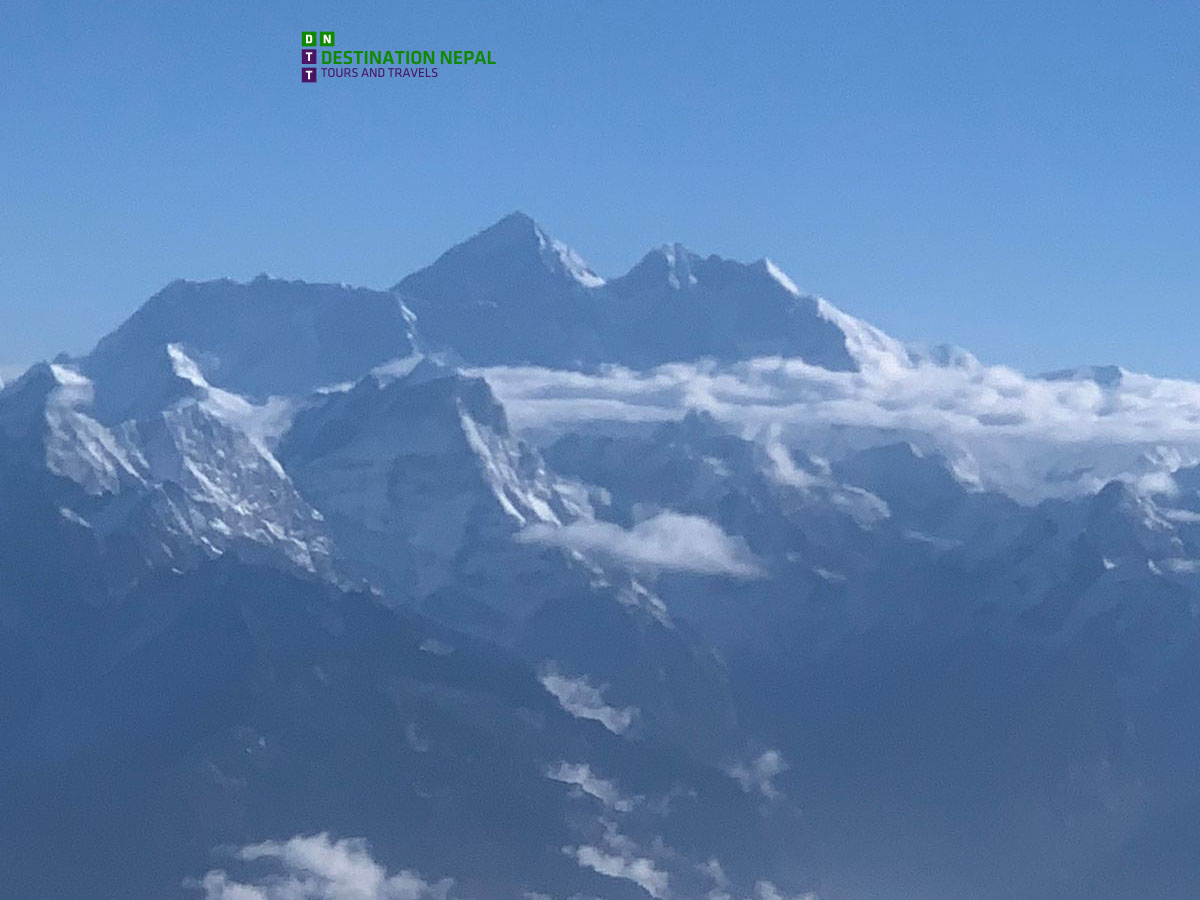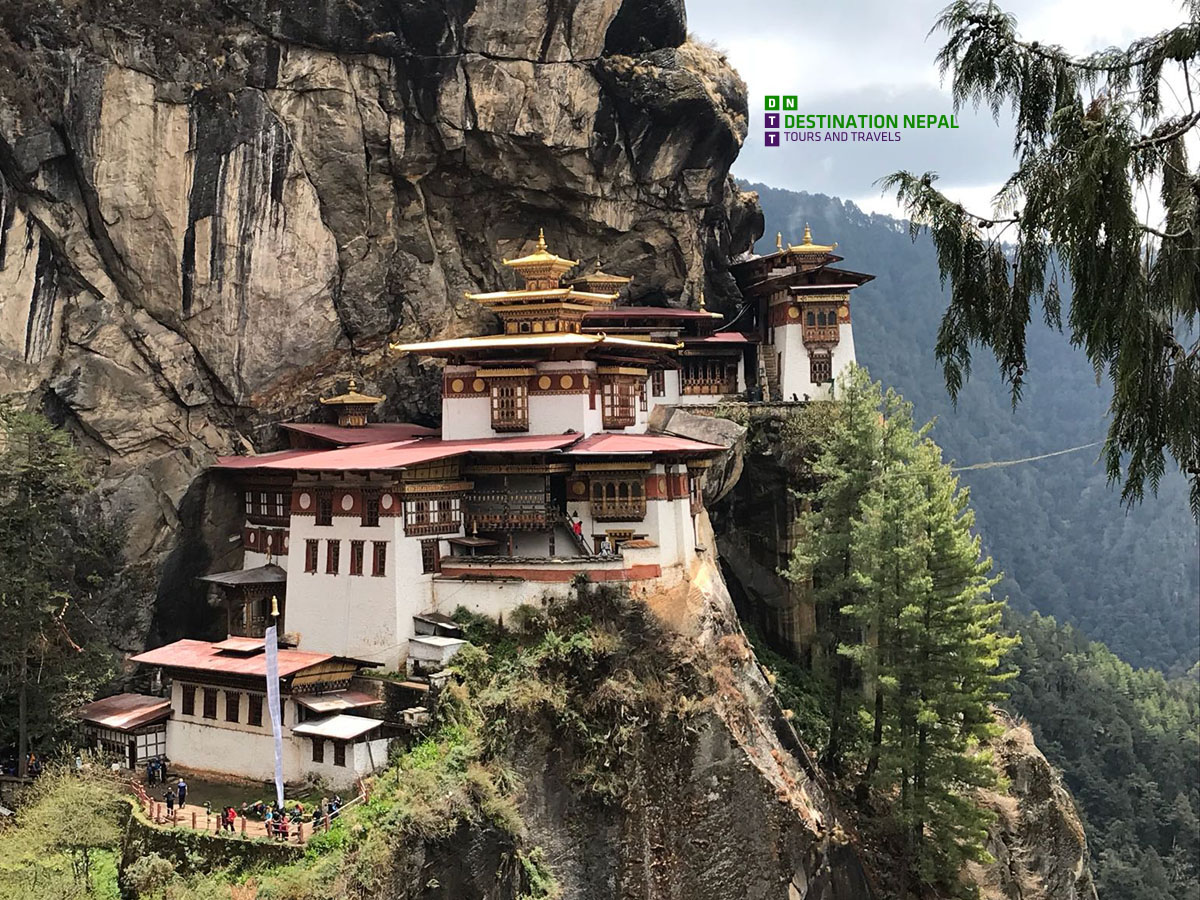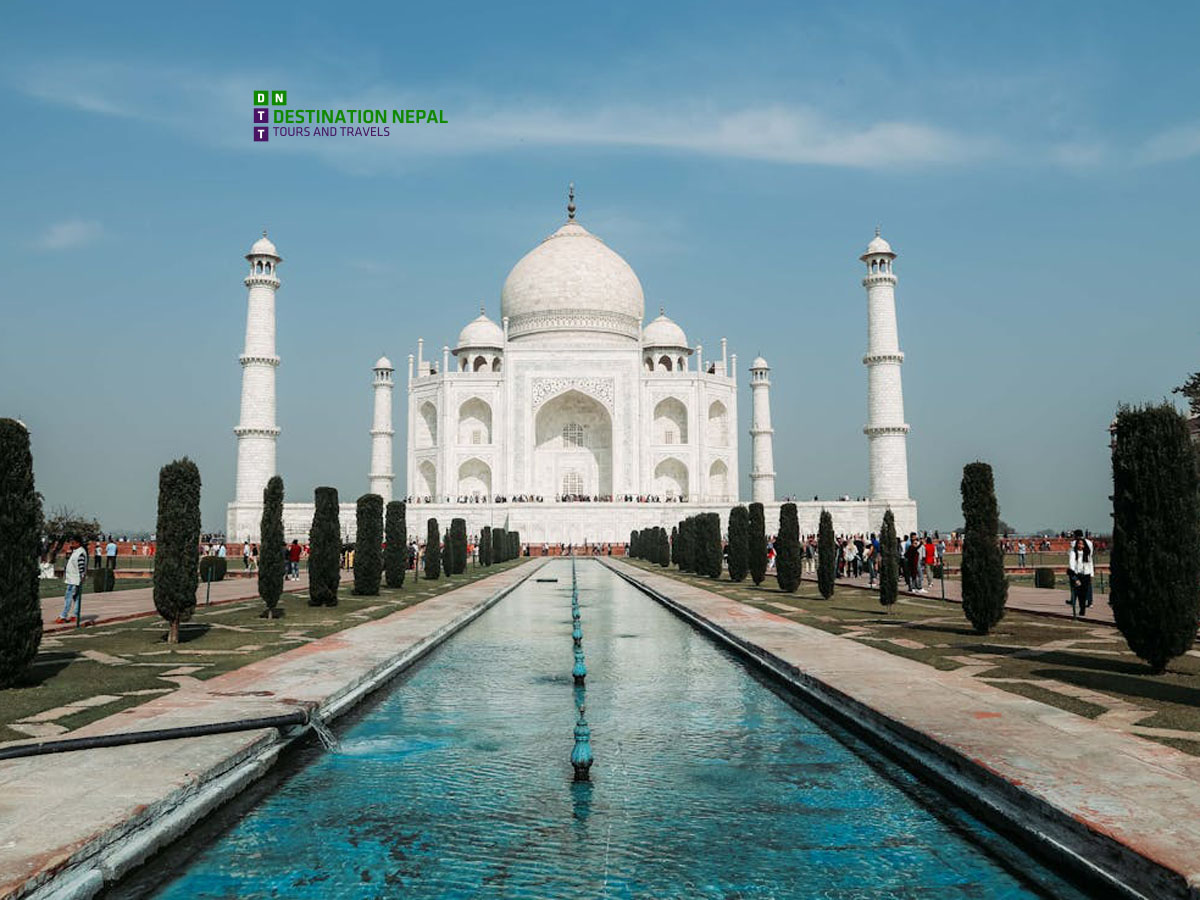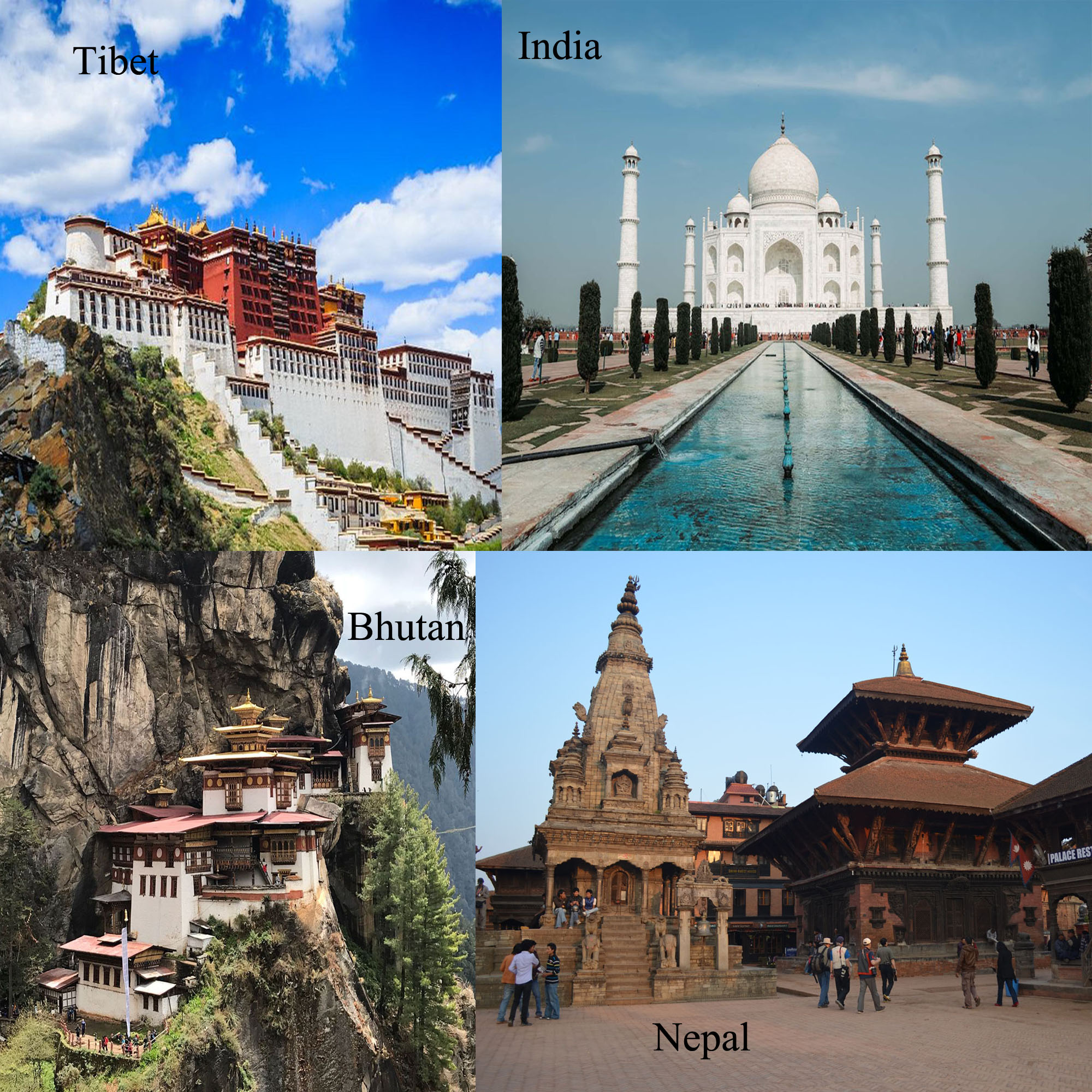Conservation Reserve in Nepal
Conservation Areas in Nepal are dedicated to preserving the unique combination of natural beauty, biodiversity, and cultural heritage. These areas are designated by the Nepalese government to protect and manage the region’s natural and cultural resources, often in partnership with local communities or specific organizations. To date, Nepal has established six Conservation Areas, each named after notable mountains, regions, or species they aim to protect.
Unique Features of Conservation Areas in Nepal
Located in the Himalayan region, most of these areas lie above 3,300 meters in elevation, contributing to Nepal's diverse ecosystem. The unique geography and cold climate of the north support an abundance of flora and fauna. These conservation reserves feature stunning hiking trails, sacred sites, historical landmarks, and rich biodiversity, providing visitors with a warm, immersive cultural experience.
Nepal’s Geographic and Climatic Diversity
Nepal is considered the largest natural museum in the world, nestled in South Asia at the foot of the towering Himalayas. Its dramatic altitude variation—from 60 meters in the Terai region to 8,848 meters at Mount Everest—creates diverse ecosystems. The Terai region in the south experiences a hot climate, while the hilly region in the middle has a moderate climate. This variety in elevation and climate shapes the vast diversity of Nepal's wildlife and plant life.
Why Visit Nepal’s Conservation Areas?
Visitors are enchanted by Nepal’s breathtaking landscapes, well-preserved natural forests, and towering mountain ranges. Each of the six Conservation Areas in Nepal offers unique hiking experiences, scenic vistas, and a welcoming atmosphere from local communities. The harmonious blend of ecological richness, cultural depth, and scenic beauty makes these areas worth visiting at least once in a lifetime.
Plan your visit to Nepal’s Conservation Areas to experience unparalleled biodiversity, vibrant local culture, and majestic views of the Himalayan range.
1. Kanchenjunga Conservation Area
Kanchenjunga Conservation Area, a protected region in the eastern Himalayas of Nepal, spans 2,035 square kilometers and was established in 1997 to preserve its unique biodiversity and cultural heritage. Home to Mount Kanchenjunga, the world's third-highest peak, this area shelters rare wildlife like snow leopards and red pandas and showcases the rich culture of the Limbu, Sherpa, and Rai communities. Popular for trekking and mountaineering, visitors can stay in tea houses or camps and must obtain a permit with a licensed guide for sustainable tourism. The best seasons to visit are March-May and September-November.
2. Manaslu Conservation Area
Manaslu Conservation Area, located in western Nepal, spans 1,663 square kilometers and features the majestic Manaslu mountain range (8,163 m), the world's eighth-highest peak. Established in 1998, it preserves unique biodiversity and the cultural heritage of ethnic groups like the Gurung, Nubri, and Tsumba. Known for trekking and mountaineering, the area offers well-marked trails and accommodations such as lodges and camps. Visitors need a special permit from authorized trekking agencies. The best time to visit is March-May and September-November.
3. Annapurna Conservation Area
The Annapurna Conservation Area (ACA), Nepal's largest protected region at 7,629 square kilometers, encompasses the Annapurna massif, Dhaulagiri, and Manaslu ranges. Established in 1985, ACA supports sustainable tourism and protects diverse wildlife, including endangered species like the snow leopard and red panda. The area is rich in culture, home to ethnic groups such as the Gurung and Thakali, and offers popular trekking routes like the Annapurna Circuit Trek. Visitors can access ACA from Pokhara, and the best seasons to visit are March-May and September-November.
4. Gaurishankar Conservation Area
The Gaurishankar Conservation Area, established in 2010, spans 2,179 sq. km across Ramechhap, Dolakha, and Sindhupalchok districts in Nepal, bordering Tibet to the north. Home to the critically endangered red panda and diverse wildlife, including 35 species of mammals and 235 species of birds, this area features varied habitats from temperate oak forests to alpine scrubs. It links Langtang National Park and Sagarmatha National Park, offering stunning landscapes and rich biodiversity for trekkers and wildlife enthusiasts.
5. Api Nampa Conservation Area
The Api Nampa Conservation Area in Nepal offers stunning landscapes, diverse wildlife, and cultural experiences. Visitors can enjoy trekking, wildlife watching, and birdwatching, with accommodation in tea houses and camping. Access the area by traveling to Khalanga, Darchula, and visit during the best seasons of March-May and Sep-Nov for optimal weather and experiences.
6. Blackbuck Conservation Area
The Blackbuck Conservation Area in Bardia is Nepal's smallest protected area, covering just 15.95 sq. km. Established in 2009, it was created to conserve the endangered Blackbuck species. The area is home to over 290 blackbucks, along with 110 bird species, 14 mammals, and 12 reptiles. Visitors can enjoy wildlife viewing, photography, and exploring the area’s rich natural beauty and cultural heritage. Best visited during the dry seasons, the Blackbuck Conservation Area is a hidden gem for nature lovers and wildlife enthusiasts.





